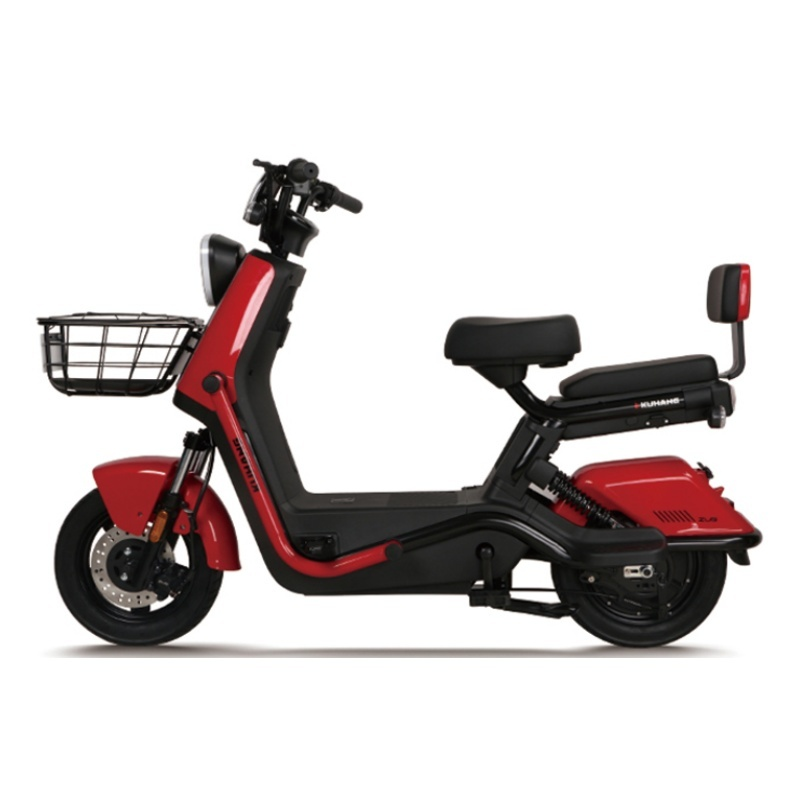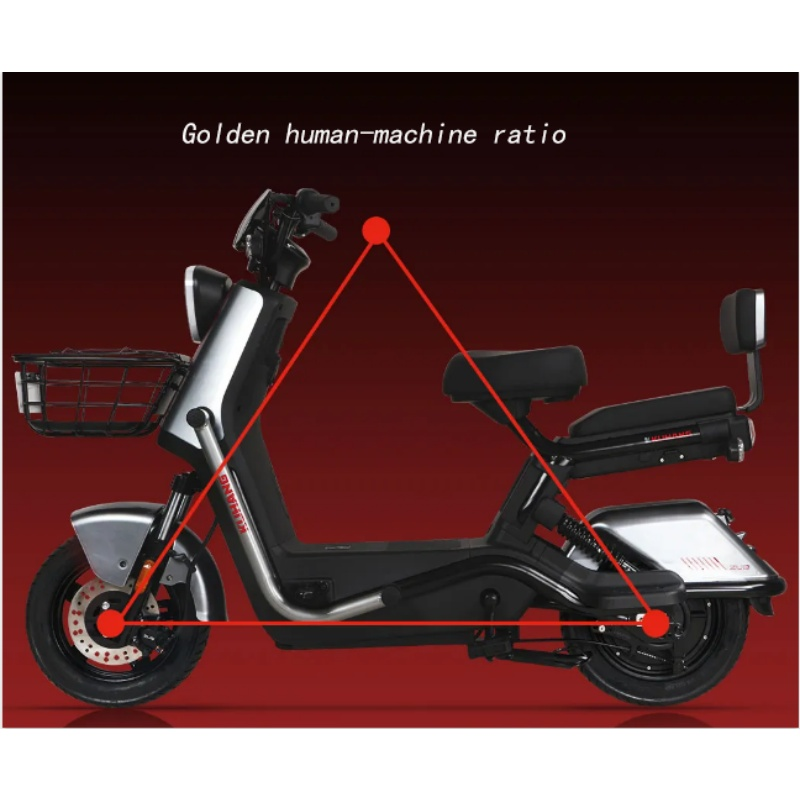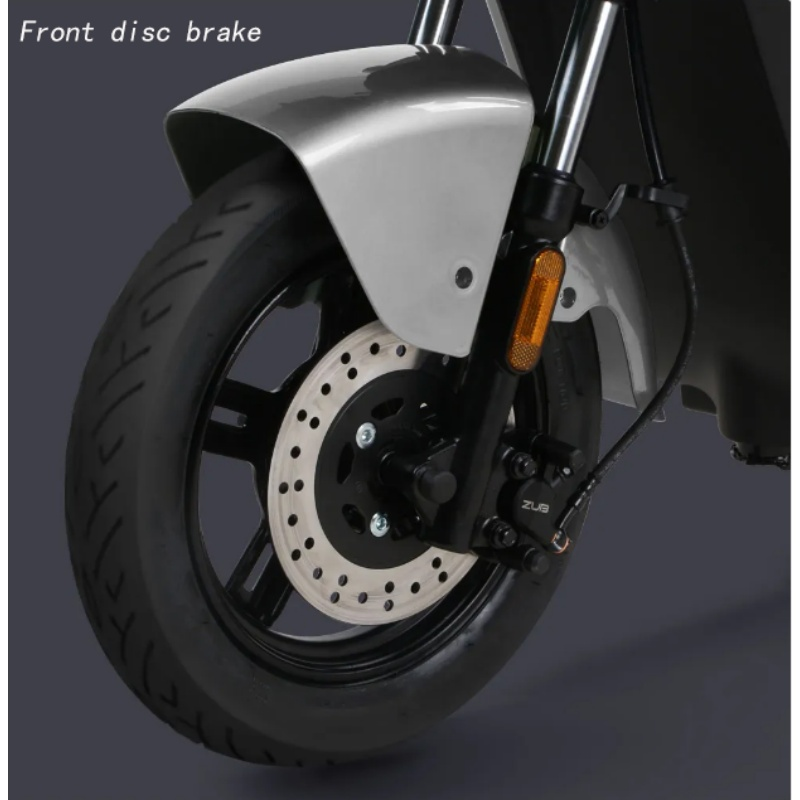wheel chair price
Wheelchair prices vary significantly in today's market, reflecting diverse features, materials, and technological advancements. Manual wheelchairs typically range from $100 to $2,000, while power wheelchairs can cost between $1,500 and $30,000. The price spectrum accommodates different user needs and budgets, with basic models offering essential mobility features and premium options including advanced positioning systems, specialized controls, and customizable components. Entry-level manual wheelchairs usually feature steel frames, standard cushioning, and basic mobility functions. Mid-range options incorporate lightweight materials like aluminum, enhanced ergonomics, and improved maneuverability. Premium wheelchairs often utilize ultra-lightweight materials such as titanium or carbon fiber, advanced suspension systems, and specialized seating solutions. Power wheelchairs at various price points offer different battery ranges, motor capabilities, and smart features. The pricing also reflects additional features such as elevating seats, tilt-in-space functions, and advanced electronic controls. When considering wheelchair prices, factors such as durability, maintenance costs, warranty coverage, and insurance reimbursement options play crucial roles in the final investment decision.


